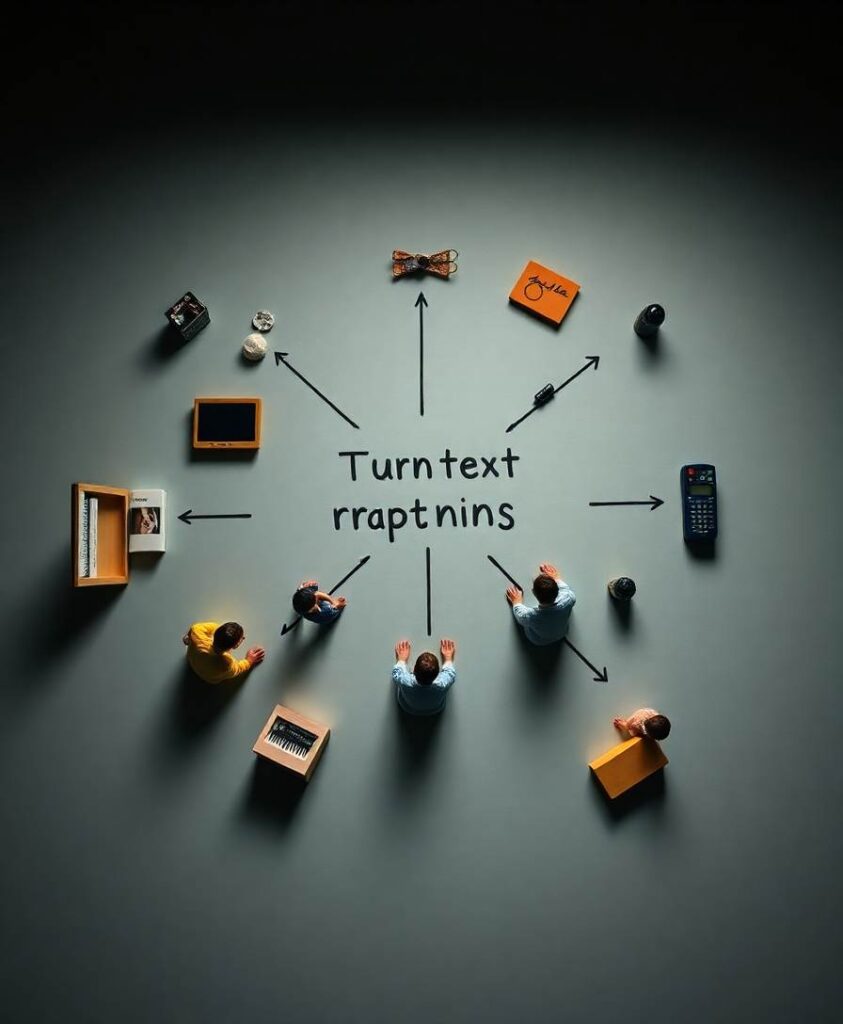Background: Various working memory (WM) trainings have been tested, but differences in experimental designs, the lack of theoretical background, and the need of identifying task-related processes such as filtering efficiency limit conclusions about their comparative efficacy.Objectives: In this study, we compared the efficacy of a model-based WM training with (MB+) and without (MB) distractor inhibition on improving WM capacity to a dual n-back and active control condition.Methods: This randomized clinical trial included 123 healthy elderly adults (78 women, 45 men; aged 64.1 ± 8.3 years). All groups underwent 12 40-min training sessions over 3 weeks and four cognitive testing sessions. The first two sessions served as double baseline to account for practice effects. Primary outcome was WM capacity post-training measured by complex span tasks. Near and far transfer was assessed by simple span, n-back, visuospatial and verbal learning, processing speed, and reasoning tasks.Results: Due to preliminary termination (COVID-19), 93 subjects completed the post-training and 60 subjects the follow-up session. On a whole group level, practice effects occurred from prebaseline to baseline in WM capacity (b = 4.85, t(103) = 4.01, p < 0.001, r = 0.37). Linear mixed-effects models revealed a difference in WM capacity post-training between MB+ and MB (b = −9.62, t(82) = −2.52, p = 0.014, r = 0.27) and a trend difference between MB+ and dual n-back (b = −7.59, t(82) = −1.87, p = 0.065, r = 0.20) and control training (b = −7.08, t(82) = −1.86, p = 0.067, r = 0.20). Univariate analyses showed an increase between pre- and post-training for WM capacity within MB+ (t(22) = −3.34, p < 0.05) only. There was no difference between groups pre- and post-training regarding near and far transfer. Univariate analyses showed improved visuospatial learning within MB+ (t(21) = −3.8, p < 0.05), improved processing speed (t(23) = 2.19, p< 0.05) and n-back performance (t(23) = 2.12, p < 0.05) in MB, and improved n-back performance (t(25) = 3.83, p < 0.001) in the dual n-back training.Interpretation: A model-based WM training including filtering efficacy may be a promising approach to increase WM capacity and needs further investigation in randomized controlled studies.






